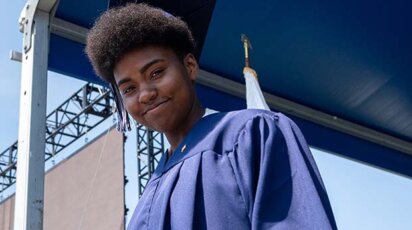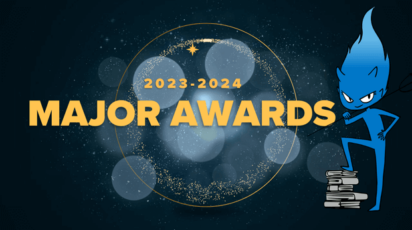News
Computer Science & Information Skills Ignite the Imagination
Preparing students with skills they’ll need in a rapidly advancing tech field is no small undertaking. In the second of a four-part series, we showcase the transformative Computer and Information Science courses coming to Middle and Upper School in Fall 2022.
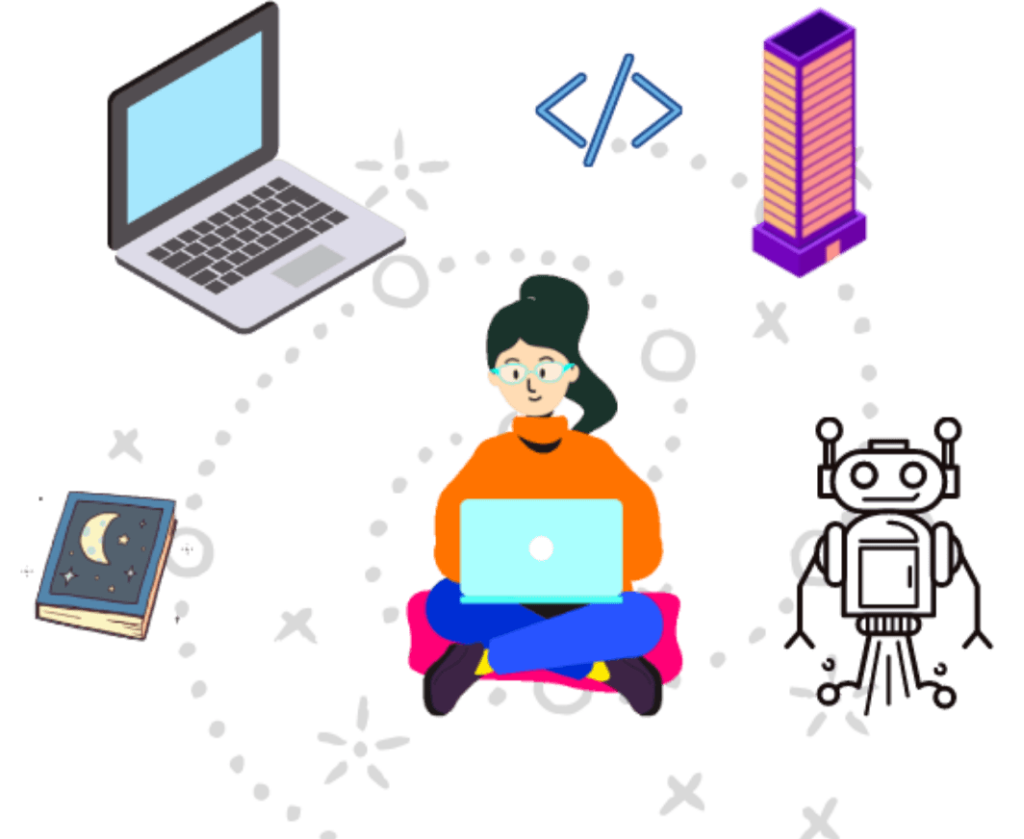
Cybersecurity, astrophysics, robotics, disinformation, and rocket engineering are the focus of exciting new courses in Poly’s Computer and Information Science Department starting this fall. In our state-of-the-art Makerspace, students explore the ever-evolving world of technology.
Equipping Middle School Students with Skills and Concepts
In Middle School, the Computer and Information Science curriculum prepares students to use technological tools to promote efficiency and productivity in their studies, and as a means of strengthening collaboration with peers and equipping them with skills to take them into the future.
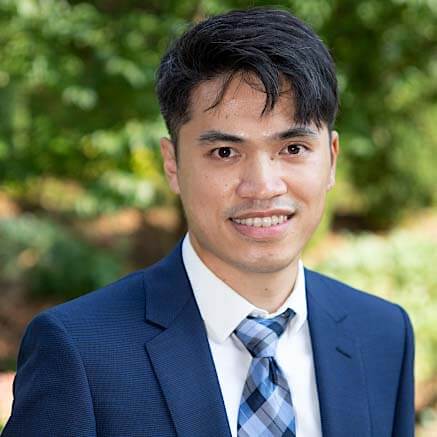
Dan Wu will be teaching Grade 7 Robotics, a one-semester course that engages students in designing, building, and programming robots and begins with learning about the Internet of Things (IoT), and how IoT devices can be used to gather, process, and communicate different types of information.
What is the Internet of Things (IoT)?

“In general,” Wu explained, “the Internet of things (IoT) is any device, usually equipped with multiple sensors, that can be connected to the Internet and communicate information with other devices. An example of an IoT device would be a smart home refrigerator. It has sensors that can detect if you are almost out of milk, yogurt, eggs, etc; then order those items for you to be delivered without having you press a single button. In robotics, we will explore the topic of IoT through the building and programming of a self-driving rover.”
“My goal is to make this class as approachable as possible so that anyone who wants to take robotics can participate, learn, and have fun.”
Wu explained that IoT devices can solve real-world problems. “For example,” he said, “newer buildings use IoT devices to control lighting and temperature depending on the environment. This helps optimize energy usage in those buildings. Another example is a smartwatch that can monitor our health for us, like heart rate and hours slept in a day.”
The class is mostly hands-on and will include much robotic testing. “Students will be building and coding!” Wu said. “This course is for everyone,” he added. “My goal is to make this class as approachable as possible so that anyone who wants to take robotics can participate, learn, and have fun. There is no coding or robotics experience required. If you are curious about taking Robotics, stop by the Makerspace and talk to me.”
Disinformation and Democracy
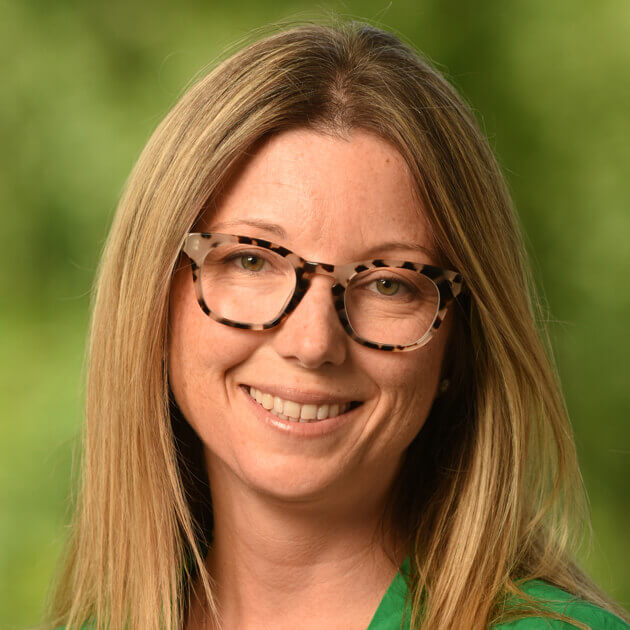
Chair of the Computer and Information Science Department Jean Belford P’24 will teach this new course for Grades 10, 11, and 12 students. “While state-sponsored mis- and disinformation campaigns do pre-date the Cold War, the timeline of this course will begin in the late 1940s,” Belford said.

“Fake news is the commonly used term to describe a completely compromised information ecosystem, well beyond news,” Belford explained. “So, while false information purported to be news would certainly be described as fake news, this course will also be exploring misinformation, disinformation, propaganda, and satire. With the proliferation of Internet use and specifically social media, public opinion is exponentially more vulnerable to false information, both inadvertent and deliberate.”
“We hope that students understand what’s at stake amid our current information wars.”
Before the advent of the Internet, disinformation and propaganda did influence public opinion, but the scope was much more limited. Now, not only does the Internet and social media allow for false information to spread to a wider audience, but a recent MIT study also found that humans are 70% more likely to retweet false news stories than true stories. One reason for this is because people are really bad at identifying fake news (Stanford University Study, 2016), and a second reason is because fake news is often meant to provoke the most triggering emotional response, disgust. News that results in a person feeling angry is much more likely to go viral.”
“We hope that students understand what’s at stake amid our current information wars,” Belford continued. “And, the answer is, EVERYTHING! Once they appreciate the magnitude of the problem, this course hopes to provide them with the tools to use, questions to ask, and actions to take in moving their personal networks and society toward a more truthful information ecosystem.”

Advanced Computational Astrophysics
Grade 12 students will have the opportunity to take Advanced Computational Astrophysics with Ben Farrar. Today we often use computers to sift through enormous amounts of data looking for particular patterns at scale that humans simply can’t, identifying celestial areas of interest for researchers to examine more closely. In this course, students will write programs and will develop algorithms that help visualize and understand the physics of large-scale celestial objects, and explore the history of some unexpected results along the way, and how they forced the scientific consensus to adapt.
Advanced Rocket Engineering in Simulation
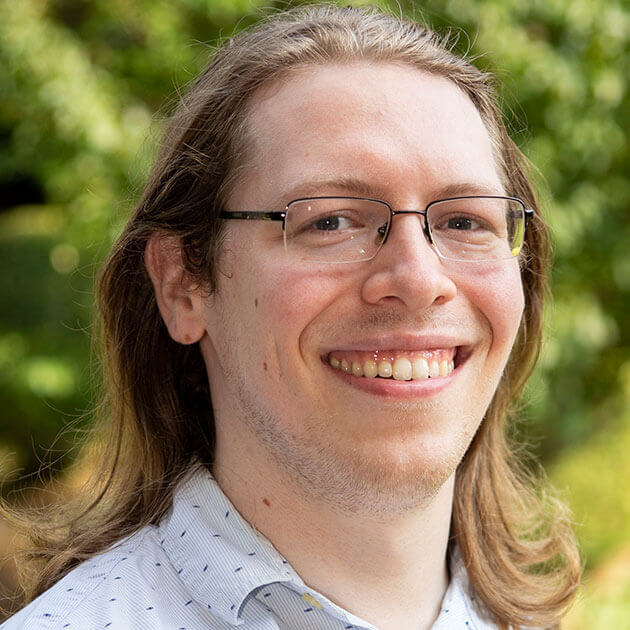
The advancement of space travel continues to ignite the imagination with the advent of commercial companies like SpaceX. Ben Farrar will teach Poly’s Advanced Rocket Engineering in Simulation course for students in Grades 11 and 12. The students will use a basic rocketry simulation program to learn about many of the details that make up a successful mission. They will build spaceships within the sim, exploring the functionality of various parts that make up a rocket, as well as the design considerations that inform the choice between various competing technologies. This course highlights an application of computer science in the real world that does not actually require as much software development knowledge.
Farrar, who comes from a computer science background, says he has always been passionate about space exploration.
“The goal of these courses is to learn about the natural universe and the mathematics that govern it.”

“At the high school level,” Farrar said, “computer science as a discipline focuses primarily on programming skills—that is to say, learning the language(s) with which we can communicate processes and algorithms to a computer. That’s the skill we’re practicing. But this skill isn’t the point of computer science. So, why do we learn programming in the first place? Ultimately, computers are a tool that we can use to make calculations much faster and more efficient, and as such they’re extraordinarily powerful when leveraged to simulate complex phenomena in nature that can be described mathematically. The goal of these courses is to learn about the natural universe and the mathematics that govern it, which lends itself well to simulation so that we can visualize the results. I want to explore one possible application of computers as a tool, but more broadly I’m hoping to show students that programming can solve any problem that you can express algorithmically.”
How will students apply the knowledge gained from this class? “The Newtonian physics behind space travel are more broadly applicable to any physical engineering problems,” Farrar explained, “so the expertise they’ll gain with forces, masses, acceleration, and so on will continue to be relevant in any engineering discipline.”
Cybersecurity: Securing the World’s Infrastructure
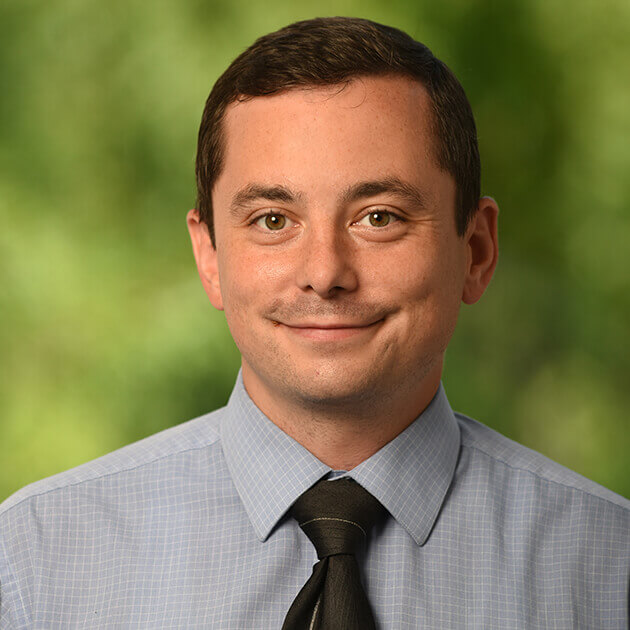
Head of Technology Charles Polizano P’18 will teach this course for Grades 10, 11, and 12 students. Most of the infrastructure in developed and developing countries now depends on network connections, including the systems that provide us access to clean water, electricity, and the Internet. Such critical components are constant targets of state actors and groups looking to hold systems for ransom. It is imperative that those securing these systems can keep up with, and hopefully, get ahead of those trying to compromise them. This course will explore the history of cybersecurity, current threats to infrastructure, the future of network security, and the ways in which we can prepare the next generation of network security professionals.
“The first digital computers came around in the 1940s,” said Polizano, “but they were enormous, and only accessible to a small number of individuals, both physically and technically. In the 1950s we began to see people compromising and finding loopholes in the country’s phone networks, allowing ‘phreakers’ (phone hackers) access to free toll and international calls, and backend systems. The first real recognition of the need for cybersecurity came about in the 1970s with the creation of ARPANet—the precursor to the modern Internet. The first piece of automated code, and the code that was designed to find and kill it on the network, came about in 1972, ushering in the dawn of cybersecurity.”
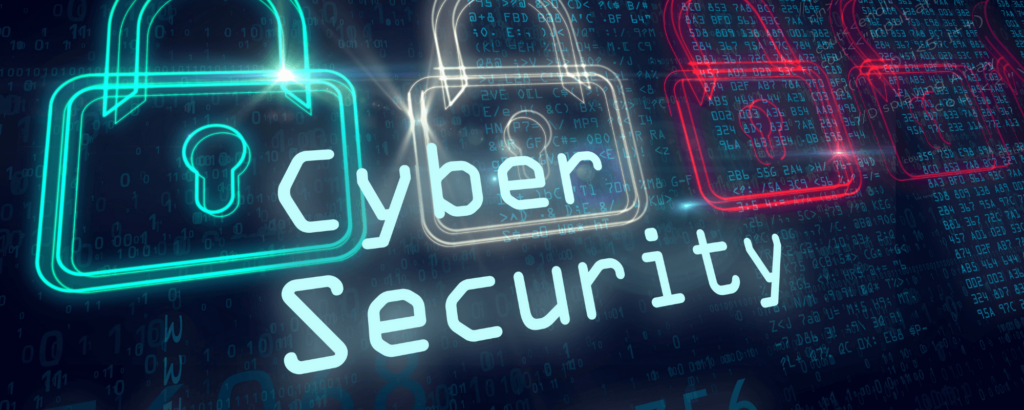
What will students learn in this Cybersecurity course? “I think the beauty of the field of cybersecurity is that it is constantly growing and evolving with technology,” Polizano said. “As more people and services connect online, and more devices enter our houses such as smart devices and digital assistants, the threat of malicious actors compromising such technologies grows, requiring new and advanced methods of defense to be created. Students don’t need to come into the class with any understanding of cybersecurity, especially since the majority of device users are unaware of the ways in which to protect themselves and their devices. Through this course, I hope that students will discover not only the best ways to protect themselves, but also consider new ways to protect the devices and infrastructure we all depend on.”
“Social media has helped to make it very easy to find personally identifiable information about people,” Polizano continued, “as well as provide malicious actors with information and data that can be used to compromise systems and individuals. Protecting one’s self online is important, as is using social media as a tool for investigation and defense.”
“It is believed by many that one of the biggest job markets in the near future will be cybersecurity. Nearly all companies, institutions, governments, individuals, etc. are heavily dependent on being online, and with every device connected to the internet, comes the risk of intrusion and malicious activity.”
What can students do with the knowledge they gain in the class? Polizano responded, “It is believed by many that one of the biggest job markets in the near future will be cybersecurity. Nearly all companies, institutions, governments, individuals, etc. are heavily dependent on being online, and with every device connected to the internet, comes the risk of intrusion and malicious activity. Our power grids, water systems, gas pipelines, are all under constant attack from enemies both foreign and domestic, and will require highly skilled individuals to keep these critical systems safe and secure. Cybersecurity will only continue to grow in importance, and our government is one of many putting out the call to recruit the best and brightest. I believe our students fit that bill perfectly, and hope that this class provides them with the fundamentals to begin pursuing this field.”
Interested in finding out more about Poly’s Computer & Information Science elective offerings?
Check out our Upper School 2022-2023 Curriculum Guide.


